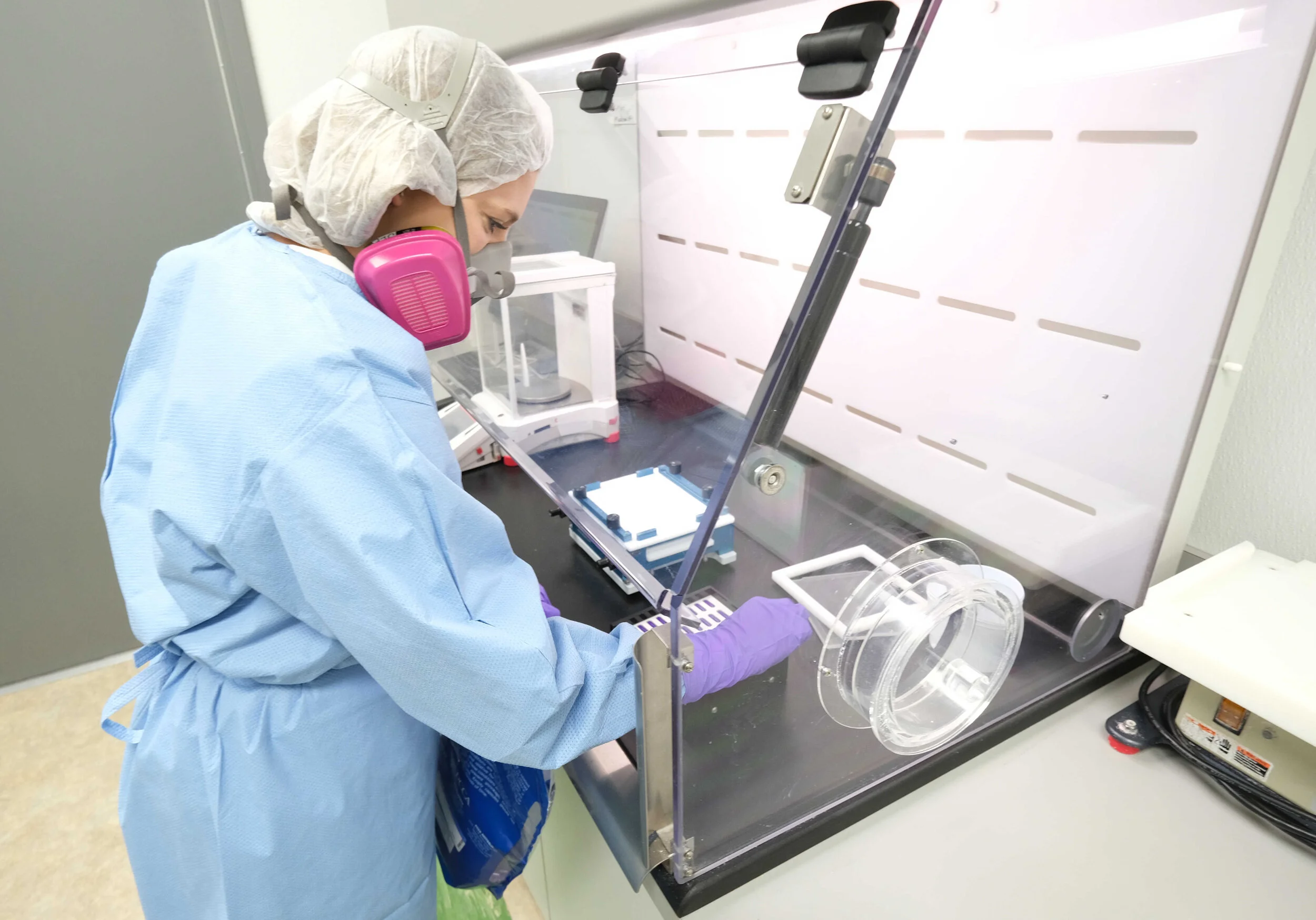Low-Dose Naltrexone (LDN) Use in Cancer Patients
Physiology of the Disease
Cancer is a condition in which cells within your body divide at an uncontrolled rate. Our body's natural defense against these cells are known as tumor suppressor genes. However, mutations can occur leading to the formation of oncogenes that promote cell growth and reproduction, or suppression of tumor suppressor genes. When this occurs, the cells divide rapidly leading to tumors or large masses and cause your bodies other healthy cells to die. These cancerous cells can then travel to other parts of your body through the bloodstream via a process known as metastasis. When this occurs, the cancer can continue to grow in these areas making it much more difficult to treat.
LDN – How it Works
At its intended doses of 50-100 mg, naltrexone is an opioid antagonist used in the treatment of addiction. However, when used at much lower doses, naltrexone is known to act as an anti-inflammatory agent. As we used LDN more and more, and involve it in animal and human studies, we have found it to be useful in many other conditions such as cancer. Although we do not know the full mechanism of action for benefit in cancer patients, here are some proposed mechanisms:
● Intermittent dosing significantly reduced cancer cell development, in contrast to a constant blockade that accelerated tumor growth
● May enhance natural killer cells, T-Cell, IL-2, and TH-2 activity via the mu receptor and also by binding to receptors on cancer cells themselves. These cells are the major players in our body’s natural immune system
● LDN causes increased cell death in certain cancers and potentially increases patient response to chemotherapy agents
● Cells that are treated with LDN up-regulate BAD and BIK1 genes that aid in cell death
● Some cancer patients treated with intermittent LDN, experienced greater benefit by chemotherapy drugs
o Example: Priming HCT116 with LDN before treatment with oxaliplatin significantly increased cell ki
Effectiveness
Naltrexone’s potential for cancer prevention and treatment began mainly from the work of Penn State investigators Ian Zagon and his colleagues. They initially studied and published evidence that a dose of 0.1mg/kg in mice reduced neuroblastoma tumor incidence by 66%, slowed tumor growth by 98% and increased survival by 36% over controls.
More recent publications include that from Liu et al in 2016 who published that cells treated with LDN followed by chemotherapy always resulted in a greater reduction in cell number and viability when compared to cells cultured with LDN after chemotherapy treatment. However, in cells treated with standard NTX, treatment with any of the cytotoxic drugs did not generally result in dramatic reductions in cell number or viability.
Another researcher, Dr.Bernard Bihari has reported he has treated about 450 cancer patients with LDN, and he reports that over 270 patients had significant benefits from LDN. Of those patients, 86 of them had shown objective signs of decreased tumor size of at least 75%. Another 125 patients were stabilizing or on a path toward remission.
Dosing
Starting doses can be anywhere from 0.5 mg to 1.5 mg, and is increased up to 4.5 mg; which is the maximum dose for Low Dose Naltrexone. Specifically for cancer patients, the dose should be a goal daily for at least 7 days before starting an "on/off cycle"
● An "on/off cycle" consists of 3 days on and 3 days off LDN
● The 3 days off should fall directly before chemotherapy treatment. Although there are no known contraindications with chemotherapy, it is recommended to avoid use together until further research is completed
It has been seen in some cancer patients, that taking a CBD product on the 3 days off increases the anti-tumor effect of LDN
Side Effects
LDN is well tolerated in most patients and limited further when a patient is started on a start low and go-slow method. This means the patient should be started at a low dose and titrated up slowly. When side effects occur, they are usually mild and include:
● Sleep disturbances
● Mild headache
● Mild agitation
● Nausea/GI effects - consider switching to liquid sublingual LDN to bypass GI tract
It has been found in patients that experienced side effects, that they can be stopped by decreasing the dose by half for 2-3 days, and then continuing with titration again.
Formulations
● Oral liquid: 1 mg/1 mL daily
● Capsules or tablets
● Sublingual drops
o Drops are placed under the tongue from a dropper bottle
● Creams: 0.5 mg/mL
o Useful for children who you have difficulty administering the other formulations, or those who are allergic to additives in other formulations of LDN
Key Resources
Boundless. Overview of Cancer [Internet]. Lumen: Boundless Anatomy and Physiology. Available from: https://courses.lumenlearning.com/boundless-ap/chapter/overview-of-cancer/
Brown N, Panksepp J. Low-dose naltrexone for disease prevention and quality of life. Medical Hypotheses. 2009;72(3):333–7.
How Low Dose Naltrexone Works [Internet]. How does Low Dose Naltrexone Work | LDN Research Trust - Low Dose Naltrexone. Available from: https://www.ldnresearchtrust.org/how-naltrexone-works
Low Dose Naltrexone [Internet]. The Low Dose Naltrexone Homepage. Available from: http://www.ldninfo.org/
Toljan K, Vrooman B. Low-Dose Naltrexone (LDN)—Review of Therapeutic Utilization. Medical Sciences. 2018;6(4):82.









Autoimmune diseases are a complex group of conditions in which the immune system mistakenly attacks healthy cells and tissues. While treatment options exist to manage symptoms, there is no known cure for autoimmune diseases. However, recent research has shed light on the potential benefits of Low Dose Naltrexone (LDN) in managing these conditions. In this blog post, we'll explore some of the latest research findings on the use of LDN in autoimmune diseases.